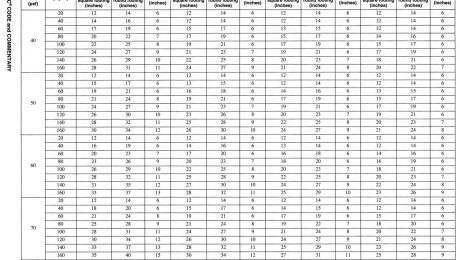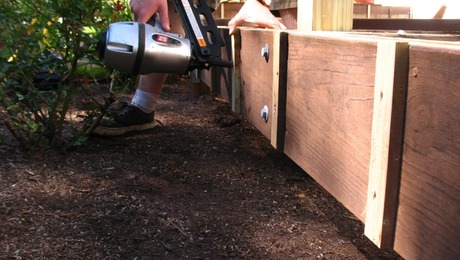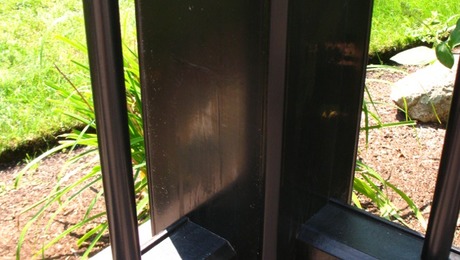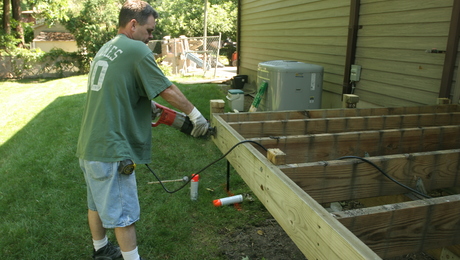
I’ve been following news about deck collapses since 2007, and I’ve read dozens of stories related to the topic. In every single case I’ve seen, shoddy construction was the cause. This deck collapse, in East Springfield, Mo., was no exception. An on-site interview with the county building inspector on KY3, a Springfield TV station, shows a typical scenario of an elevated deck that detached from the house. It dropped about 10 ft., sending seven people to the hospital.
The building inspector points out both inadequate ledger bolting and a complete lack of ledger flashing. In fact, this deck’s ledger was fastened directly over the house’s siding, one of several clear code violations. The siding should have been cut back, the ledger flashed to the house, and a proper bolting schedule followed.
In the internet age, I’m amazed that this sort of thing happens at all. All of the information anyone needs to build a safe deck is available online, as well as in many articles on Fine Homebuilding‘s website. If you’re going to build a deck, please spend a few hours learning how to do it correctly. And if you own a deck, spend some time making sure it’s not about to fall off the house. Check for proper bolting (typically a 1/2-in. lag bolt in every joist bay) and for metal flashing on top of the ledger. Look at the house around the ledger for signs of rot, as well as the house framing behind the ledger if there is access.
Fine Homebuilding Recommended Products
Fine Homebuilding receives a commission for items purchased through links on this site, including Amazon Associates and other affiliate advertising programs.

8067 All-Weather Flashing Tape

Affordable IR Camera

Reliable Crimp Connectors





























View Comments
I'm not surprised at all.
Indeed, I saw the same exact thing happen to a welded steel structure that was designed with exactly the same flaws. Only difference was that the structure I'm thinking of was built on the grounds of a prestigious engineering school, the home of a major architectural school, and the work was supervised / designed by all manner of highly educated 'professionals,' and their engineering student technicians.
I think we miss the point when we fret about 'code violations.' All 'code' does is enshrine a way to address a design issue. If you understand the design issues, you'll meet code without ever opening a code book.
That's where an over-emphasis in the letter of the codes can lead you astray. Attaching a deck to the house only addresses ONE of the many ways to distribute deck loads. The same could be accomplished with proper cross-bracing- and the deck need not even touch the house. Or, a different foundation and pier construction would do the trick.
Yet, I find a positive pride abounds, where folks just can't be bothered to 'learn.' No, they seem to think that they will automatically be able to 'suss' things out.
"Hubris" is the word. As the Greeks said, whom the Gods would humble, first they make proud. Don't you think the owner was proud of his efforts ... right up to the fall?
DCA2009?
In a 2015 blog, you link to an outdated version of the "Prescriptive Residential Wood Deck Construction Guide" instead of the current DCA2012? Shame!
The FHB magazines and website are full of information regarding the latest changes; you should be as well.